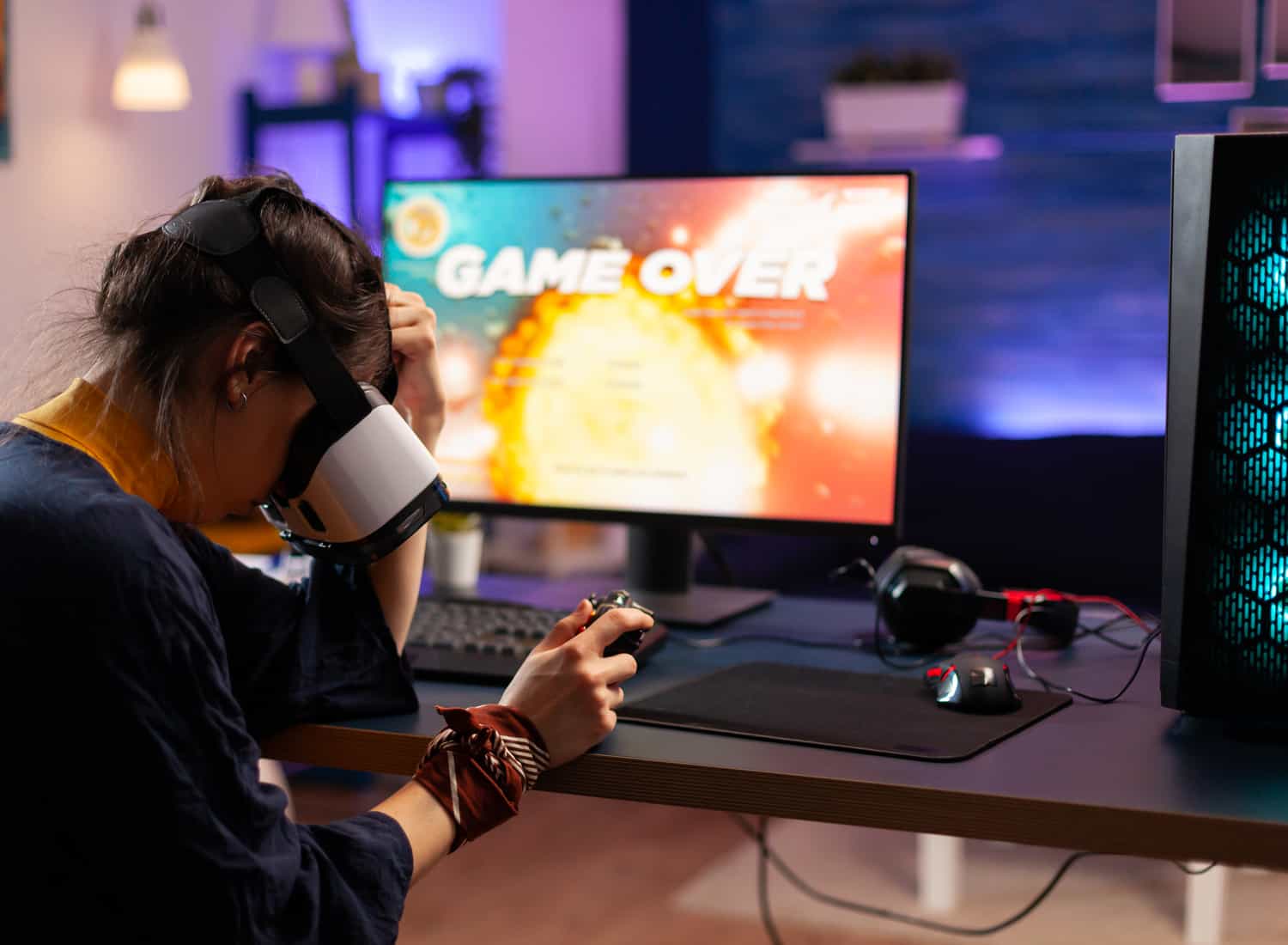
VR gaming can be pretty expensive but very entertaining. It offers gamers a more realistic gaming experience due to its realistic visuals brought by VR gaming headsets. However, these VR gaming headsets come with hefty prices. They range from $500 to $800, the newer model, the more expensive. And that doesn’t end there. You also need to buy a gaming PC that can support or is compatible with your VR headset and can run VR games.
Most VR gaming PCs in the market cost around $2,000 or more. Still, if you know what specifications to look for, you can actually spot units that are about $1,500 to $1,800. This saves you around $200 to $500.
Below is a brief guide to give you an idea of which specifications you need to check when buying a gaming PC for VR:
Processor
The processor acts as the central brain of your gaming PC. It is responsible for executing tasks. This is why checking the installed processor in the pre-built gaming PC you’re planning to buy is essential. You also need to remember that the processor is the most challenging part of upgrading your hardware system. Thus, it is best if you choose a gaming PC with a powerful processor to start with.
Look for a processor model from Intel iCore i5-6500 to newer. The newer the model, the better, as it can provide you with better speed and power. And when it comes to Intel processors, you might want to choose a model that ends with “K.”
An Intel process under the K-models can be overclocked for an extra boost of power and speed.
For other brands, like AMD, choose a gaming PC with a processor not any lower than the specs of the AMD FX-8350.
Video Graphics Card
Your video graphics card is the component of your gaming PC that will be most taxed when running VR games. So it is highly recommended that you choose a gaming PC with a powerful graphics card to start with.
You don’t want to compromise the graphical fidelity by using a cheaper graphics card. This can give you a lower frame rate and lower resolution graphics, which can cause motion sickness in VR. So it is best to invest in a gaming PC with a powerful graphics card than settle for a less powerful one. While you can upgrade the graphics card in the future, it will cost you more in the long run.
Our recommendations when it comes to the graphics card model are the Nvidia GeForce GTX 970 and the AMD Radeon R9 290. If you have more budget, settle for upgraded models or versions.
RAM
RAM, or the random-access memory, is the storage that keeps the data of all the programs currently running on your computer. However, the specifications of your unit’s RAM won’t do much to improve your VR gaming experience. It is common for people to assume that RAM affects how fast a computer is. But RAM only works or allows your PC to do and process things at once before it starts to slow down. This means the more RAM you have, the more programs you can run on your computer simultaneously.
Most VR headsets in the market only require a minimum of 8GB DDR 3 RAM. This is relatively cheaper, but if you plan to do other things with your PC, we recommend getting a 16GB RAM or higher unit.
Hard Drive
A hard drive is a component where your unit’s operating system and all its programs/software are installed and stored. While there isn’t any minimum hardware required for VR. You will still need to choose a hard drive with enough space to store your operating system, programs, and video games.
The best gaming PC builds in the market usually have two hard drives. The primary hard drive is an SSD or solid-state drive to install the operating system and all the necessary software to run your gaming PC. While the second hard drive is an HDD or hard disk drive, where you can store your apps and video games.
Motherboard
The motherboard of your unit is where you install all the other hardware components to run your system. It is actually easy to suggest a motherboard when it comes to buying a gaming PC because there are only two factors that you need. The first factor is that it should be compatible with other hardware and future upgrades. And the second factor is that the motherboard should have two USB 3.0 ports or more. The USB 3.0 port is important as this is where you can connect your VR headset if you don’t want to use its wireless connection.
Cooling System
Last, it is important to check the current cooling system of the gaming PC you’re planning to build. Running a VR game with the headset connected to your unit will require your components to process more data, generating more heat. This is true, especially with your graphics card. So make sure the unit you’re planning to purchase has several cooling fans or a liquid cooling system installed.
***
With these tips, we hope you find the best gaming PC for your VR games.